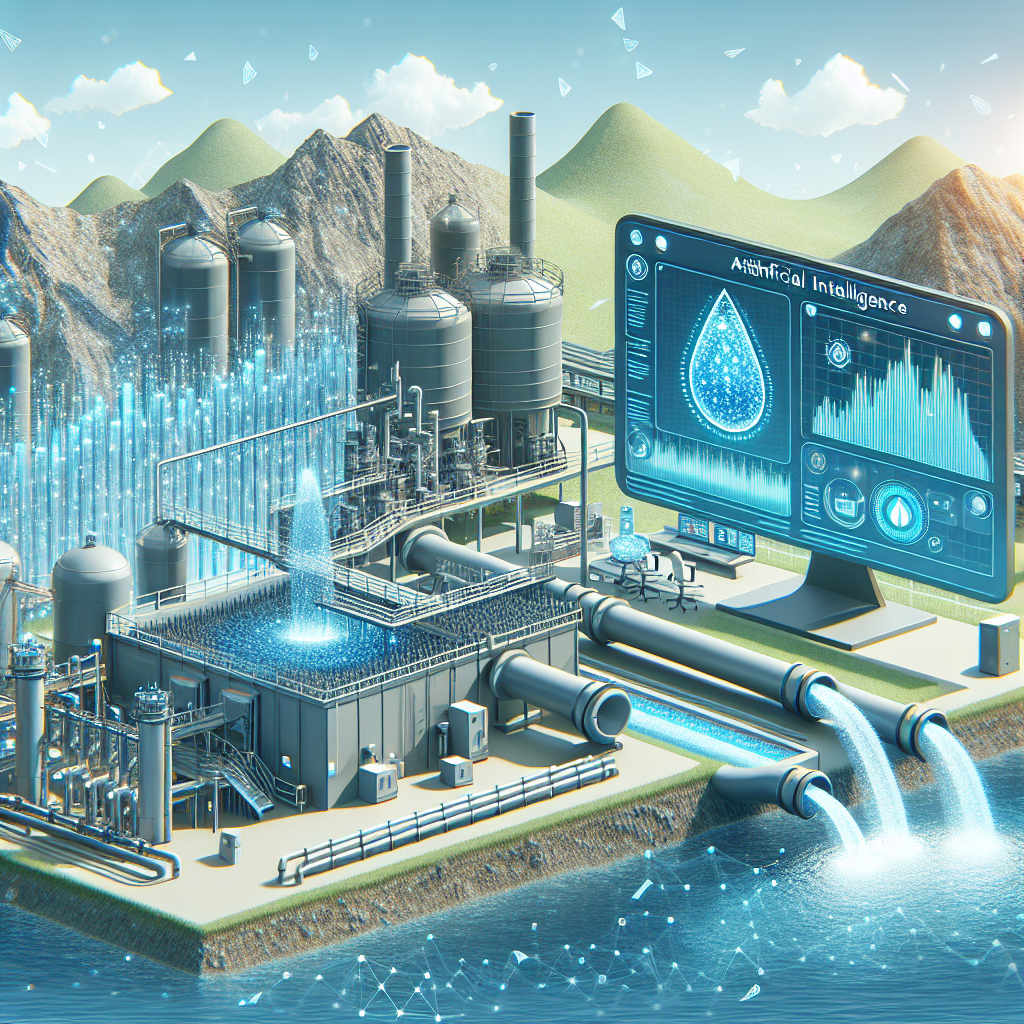Unlocking the Future of AI-Assisted Development with Atlassian’s HULA Framework
Have you ever felt like automation in software development is slowly taking over, leaving developers as mere spectators in the coding process? Well, Atlassian’s HULA framework is here to change that narrative. In a groundbreaking move, Atlassian has introduced the Humans-in-the-loop LLM-based agents framework, commonly known as HULA, to revolutionize AI-assisted development.
If you’re curious about how this innovative framework is shaping the future of software development, let’s dive into the world of HULA and explore the exciting possibilities it offers for developers like yourself.
Understanding the HULA Framework: A Closer Look
Atlassian’s HULA framework is designed to strike the perfect balance between automation and human intervention in the coding process. By leveraging Large Language Models (LLMs), HULA empowers developers to automate repetitive coding tasks without compromising on the human touch that is crucial for creativity and problem-solving in software development.
Here’s a closer look at some key aspects of the HULA framework:
-
Automation with Human Oversight: HULA enables developers to automate mundane coding tasks, allowing them to focus on higher-value work that requires human creativity and critical thinking.
-
Real-time Feedback Loop: The framework incorporates a real-time feedback loop that allows developers to review and validate automated suggestions, ensuring that the final code meets quality standards.
-
Continuous Learning: HULA’s agents are constantly learning from developers’ feedback, improving their accuracy and efficiency over time.
-
Developer Empowerment: Rather than replacing developers, HULA empowers them by providing intelligent tools that enhance productivity and streamline the coding process.
The Impact of HULA on Developer Productivity and Innovation
You might have noticed a growing trend in the tech industry towards AI-driven automation, with concerns about the implications for developers’ roles and job security. However, HULA takes a different approach by putting humans back in the loop and emphasizing collaboration between developers and AI systems.
Here’s what this means for you as a developer:
-
Increased Productivity: By offloading repetitive tasks to HULA’s agents, you can focus on more creative and challenging aspects of software development, accelerating project timelines.
-
Quality Assurance: The real-time feedback loop in HULA ensures that the code produced meets high-quality standards, reducing the risk of errors and bugs in the final product.
-
Professional Growth: With HULA handling routine tasks, you have the opportunity to broaden your skill set, tackle complex problems, and drive innovation within your team.
Embracing the Future of AI-Assisted Development
As Atlassian’s HULA framework gains recognition in the software development community, it’s clear that the future of AI-assisted development lies in collaboration between humans and machines. By combining the strengths of automation with human expertise, HULA is paving the way for a new era of innovation and productivity in software engineering.
So, what are your thoughts on this trend? Are you excited about the possibilities that HULA offers for developers, or do you have concerns about the role of AI in software development? Let me know what you’d choose.







